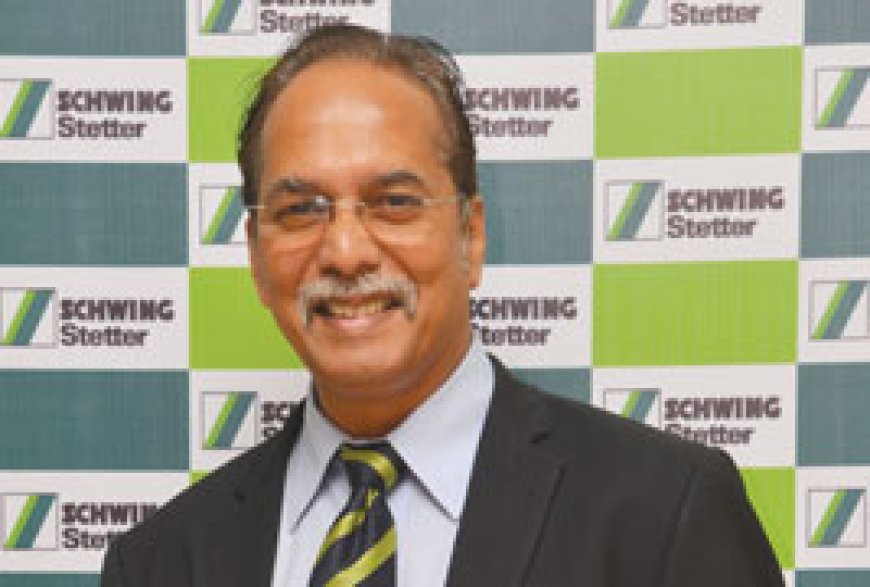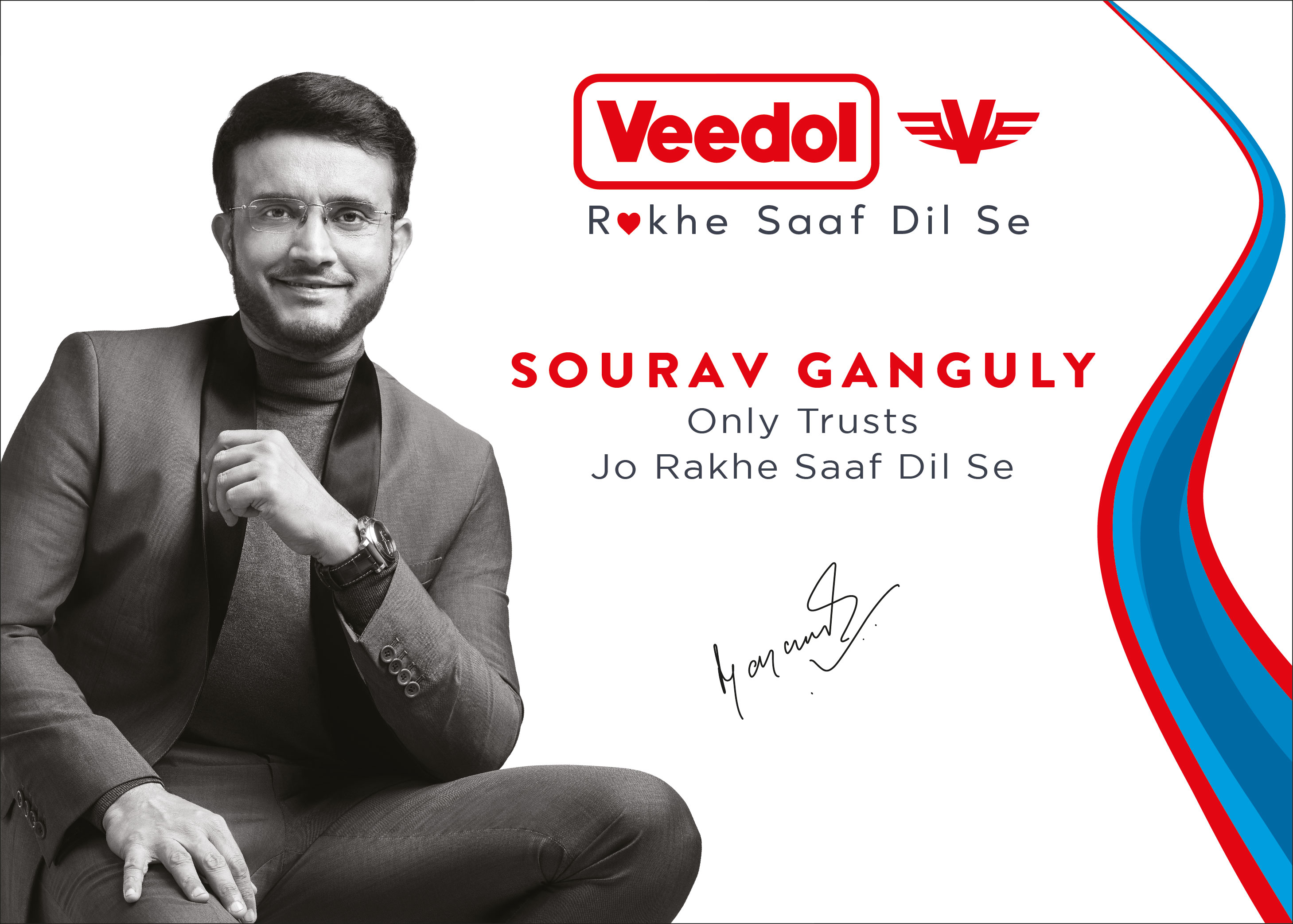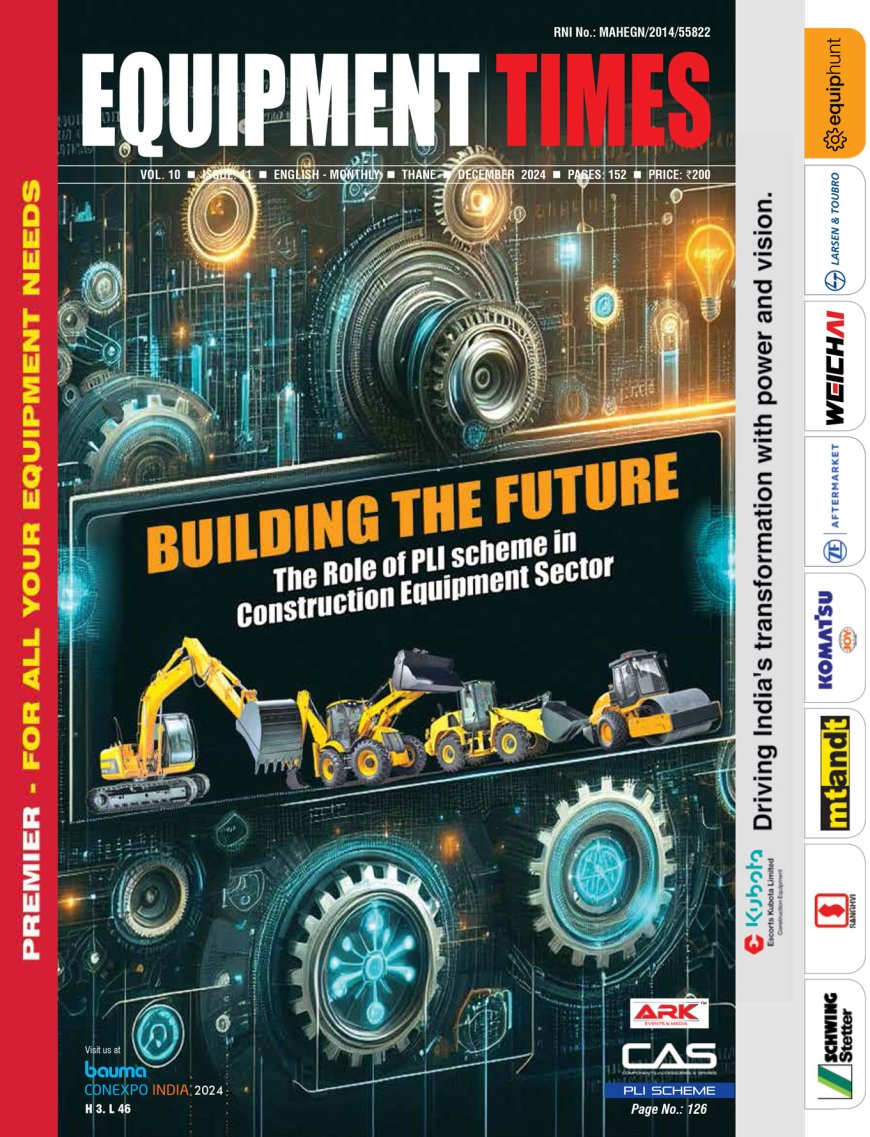We work on delivering products that are user friendly and robust.
Anand Sundaresan, Chairman, sales and Services, Schwing Stetter. Schwing Stetter India’s focus is on providing cloud service and leveraging the usage of IoT for all its range of equipment. The commercial industrial production of concrete, calls for more than just

Anand Sundaresan,
Chairman, sales and Services,
Schwing Stetter.
Schwing Stetter India’s focus is on providing cloud service and leveraging the usage of IoT for all its range of equipment.
The commercial industrial production of concrete, calls for more than just an elementary batching plant control system. A comprehensive package to satisfy the concrete producer and his customers covers a series of tasks ranging from the initial quotation to production planning, the production of the concrete itself and the management of mixer and pump fleet, right through to the issuing of the invoice for the concrete delivered. In addition, the correlation of various statistics for production and accounting management must be taken into account. Anand Sundaresan, Chairman, Schwing Stetter sales and Services shares his thoughts about the trends in the industry with EQUIPMENT TIMES.
Ideally a batching plant should deliver two things: batching accuracy and quality of concrete, consistently which means cohesive and homogeneous mix. How do you ensure these parameters? Please also elaborate on the batch control systems used in your range of batching plants and how it helps the customer get consistent quality of homogenous mix?
Weighing system and mixer arrangement used in the batching plant influence batching accuracy and quality of concrete. Mixers like (Pan, turbo or twin shaft and planetary) need to be efficient to consume optimum energy which is also an important criteria for a good mixer. Stetter batching plants and concrete truck mixers have strong experience of more than 73 years in the field of concrete mixing and transportation.
We evaluate our experience systematically and implement the technical upgrades stumbled upon consistently. So, our mixers are state of the art from generation to generation. No matter, be it pan-mixers or twin-shaft mixers, they are all characterised by high economic efficiency with flexible application possibilities.
Schwing Stetter India is the first to have an inhouse electronics and automation department, being the crux of the entire ecosystem. There are different models of control systems available and it is designed based on the capacity of the batching plant to adopt both commercial and feature wise benefits.
The following are some of the control systems that Schwing Stetter India has introduced to the market.
MCI55
MCI70 V3.0 / V3.1
MCI360
MCI370
MCI550
The upgrade of the system happens in line with the best technology that evolves. Higher end technology is used that supports the speed and performance of the equipment SSI always uses the controllers and electronics from leading technology providers like Siemens, Schneider etc. The accuracy plays vital role in achieving the consistent quality of the homogeneous mix. SSI equipment follows IS: 4925:2004, standards. The accuracy is achieved through both hardware and logic coded in the software. For e.g. the VFD‘s are used to achieve the accuracy in cement content to maintain the water cement ratio (power source frequency is adjusted at the reach of closest set point with VFD which reduces the speed of dosing to get accuracy by which there will be a control in both batching time and accuracy).
Are accessories like moisture probes, slump meters, adequate PLC controls and calibration arrangements optional features?
The PLC and electronics accessories, pertaining to moisture correction logic, come as a standard, whereas the hardware such a measuring probe and cables are categorized as optional. The moisture probes are slump meter are specifically used in the projects which are involved in producing higher grade and precast concreting. Here the slump of the concrete is vital as it is used for mould and segments. Otherwise for regular concrete production, the moisture is measured manually or automatically, depending on customer request and fed in the correction parameter settings as the logic related to corrections are readily available in the software.
To what extent IT and data driven technologies have revolutionised the concrete production with specific focus on fuel / energy efficiency, and overall cost reduction?
Schwing Stetter India consistently works on delivering products that are user friendly and robust. When we talk about user friendliness then the first thing that comes to our mind is software and we have an in-house team for both panel building and software development and to that extent the customization is done based on the customers’ requirements.
Our advanced control systems help the customer right from initial quotation to production planning, the production of the concrete itself and the management of mixer and pump fleet, right through to the issuing of the invoice for the concrete delivered. Besides this the system can be integrated with peripheral equipment like weigh bridge, cement feeding system etc. which helps the customer in correlating of various statistics for production and accounting management inventory management / control etc We have not only the capability of linking our system with the customer’s ERP system, but also we provide own ERP solution for smaller customers. All these are possible because of our in-house capability.
Presently, Schwing Stetter India’s focus is on providing cloud service and leveraging the usage of IoT for all its range of equipment. As of now these IoT features has been provided to some of the corporate customers and we are still working to make it available for all the customers. With this technology, the efficiency, utilization and proactive maintenance of the equipment can be done effectively. Still there are some challenges that we face due to lack of resource and infrastructure at some of the customer’s site. Still there are places where our equipment reaches but the network does not.
Higher abrasive nature of the mix will definitely cause excessive wear and tear of the equipment parts which adds up cost to user. Brief us on how you have addressed this issue in your latest offerings?
Because of the kinematics of the mixing process in the mixer, basically the mixing elements and the wall liners are subjected to wear. Besides this there are other components, which are subjected to high wear. We keep on trying out different material design etc. to increase the life of wear parts. Fortunately, material science is also developing to a great extent. Based on our experience we select appropriate material suitable for the requirement. Besides this, our design itself helps in reducing the wear. For example, in case of our silos, inline or compartment, the design is made in such a way that the material does not slide on the wall of the silo, thus increasing the life of the silos.
Please brief us on the advancements in mix design trends? What is its impact on OEMs like you and on the construction practices/methodologies in India?
The modern concrete has changed substantially. Now in many places we are going for high strength concrete of M60 to M100, zero slump concrete, with requirement of on line moisture measurement, self-compacting concrete etc. There is also extensive usage of additives like, plasticizer, micro silica, etc. Therefore, we as equipment manufacturer, have to keep track of these developments and provide all the system which can handle all these types of concrete.
What is the scenario look like in terms of skilled batching plant operators? How do you address this issue?
Availability of skilled operator is definitely an issue. In order to address this issue we have a training school where we are providing two month full-fledged batching plant operators course. We have now training centres in Chennai, Delhi, Kolkata, Hyderabad and Pune. All these training centres are certified and accredited by IESC, the infrastructure equipment skill council. Besides this, we also provide training at customer job site. Despite these, still getting skilled operator is an issue, due to various reasons. IESC is working very hard to improve the situation. We need, not only the support of equipment manufacturers, but also the support of the end user in deputing their operators for scientific training / skilling.
What is the current demand-supply scenario for concrete batching plants (stationary/mobile and modular)? How big is the industry in terms of size/number and value? Also brief us the demand drivers.
Road, irrigation, RMC, railways, metro rail, power (i.e) nuclear, thermal, solar, wind, hydro, gas based, real estate and other community buildings are the major demand drivers for our Stetter batching plants. In the national highway road projects Stetter mobile batching plants are employed in more than 90% of the project sites. All these projects or where ever concrete is required batching plants find a place. Stetter mobile batching plants are extremely popular on road projects and projects where the plants have to be shifted frequently. They save huge cost on foundations. In the current scenario, both organised as well as unorganised manufacturers supply about 1500 batching plants in a year. I think there are enough manufacturers to meet the current demand. However, if the demand for concrete goes up like in developed countries where more than 60% of concrete supplied is through RMC (India only about 12% overall), there could be room for more players to come in.
Brief us on the range offered by your company, and also tell us why a customer should opt for your range of batching plants?
Schwing Stetter India is one of the largest producers of batching plants, in a wide range and capacities ranging from 18 CBM per hour to 240 CBM per hour, besides special plants for concrete block and paver production, pre cast element production. Stetter concrete batching plants by Schwing Stetter India are listed below:
– 18 CBM/ hour mobile batching plant: CP 18/ CP18 TM
– 30 & 45 CBM/hr compact batching plant: CP 30/ CP 45
– 30 to 130 CBM/ hr mobile mixing plants: M 30Z/M21Z/M1/M1.25/M2.25/M 2.5
– From 30 CBM/ hr to 240 CBM/hr horizontal concrete mixing plants: HN2 to HN4/H5 TO H6 /H1.25/H1J/H1JR
Besides these we also produce recycling plants of 12 CBM and 20 CBM.
Hits: 35










